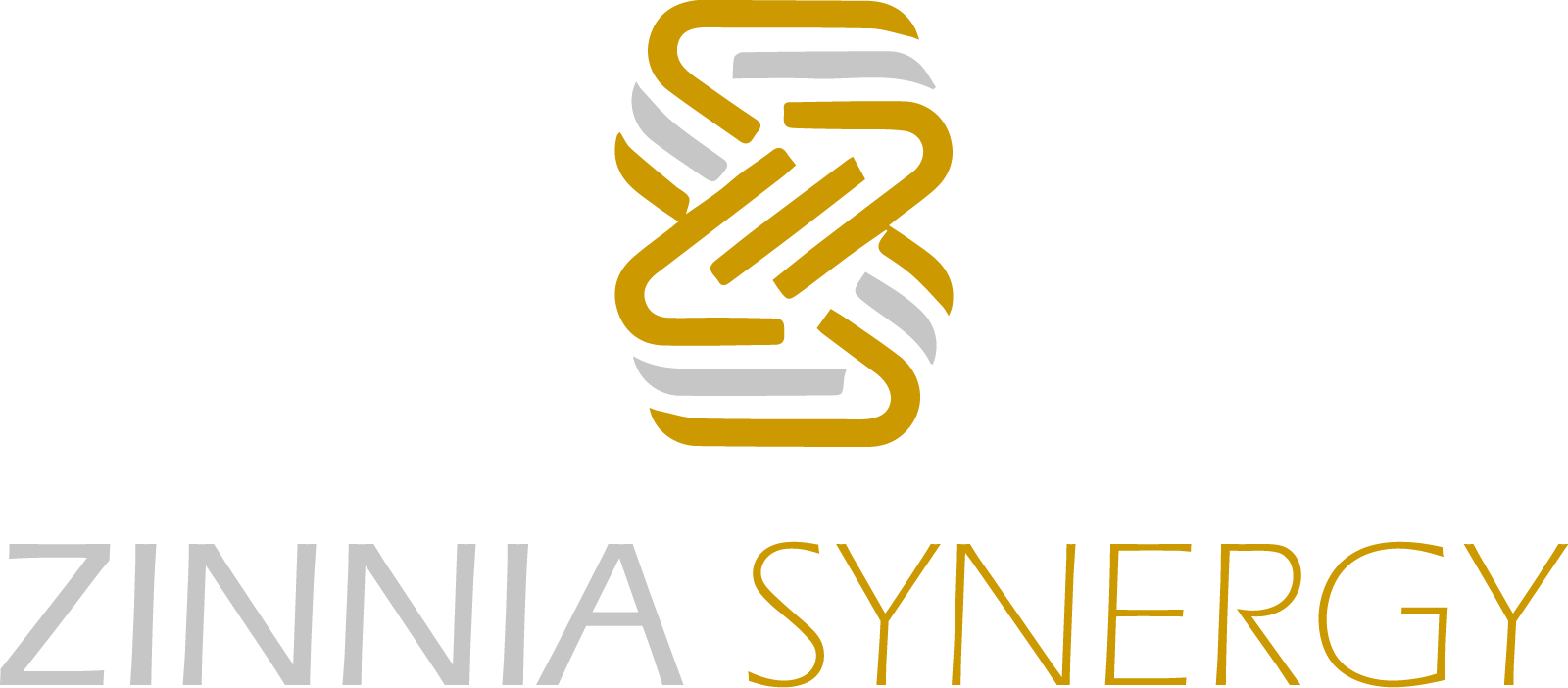
The Government has introduced the Net Energy Metering Scheme in November 2016 with quota allocation of 500 MW up to year 2020 to encourage Malaysia’s Renewable Energy (RE) uptake.
The concept of NEM is that the energy produced from the solar PV installation will be consumed first, and any excess will be exported to TNB at prevailing displaced cost. Energy produced from the installed solar PV system will be consumed first, and any excess will be exported to TNB on a “one-to-one” offset basis.
Net Energy Metering 3.0 programme (NEM 3.0) to provide more opportunities to electricity consumers to install solar PV systems on the roofs of their premises to save on their electricity bill.
The NEM 3.0 will be in effect from 2021 to 2023 and the total quota allocation is up to 500 MW. NEM is applicable for below categories :
Source: Sustainable Energy Development Authority (SEDA) Malaysia
Source: Sustainable Energy Development Authority (SEDA) Malaysia
Have access to electricity (unless the grid goes down), whether or not your solar system is producing or if you have batteries.
With an off-grid solar system, you’re completely reliant on the sun and energy stored in batteries to power your home or business.
A hybrid solar energy system is one that is tied to the grid but also has a battery bank to store unused electricity.
LSS is a scheme that lets you generate your own electricity via solar PV farm with installed capacity ranging from 1MW to <30MW (for distribution connected solar PV plants), and sell to the grid. This scheme is administered by the Energy Commission and the selection for potential developers will be to through competitive bidding.
The LSS scheme is managed and administered by the Energy Commission Malaysia. For more information, please click on www.st.gov.my.

Blok 18-03-01, Corporate Park Star Central,63000 Cyberjaya, Selangor
info@zinniasynergy.com
03 8800 7700